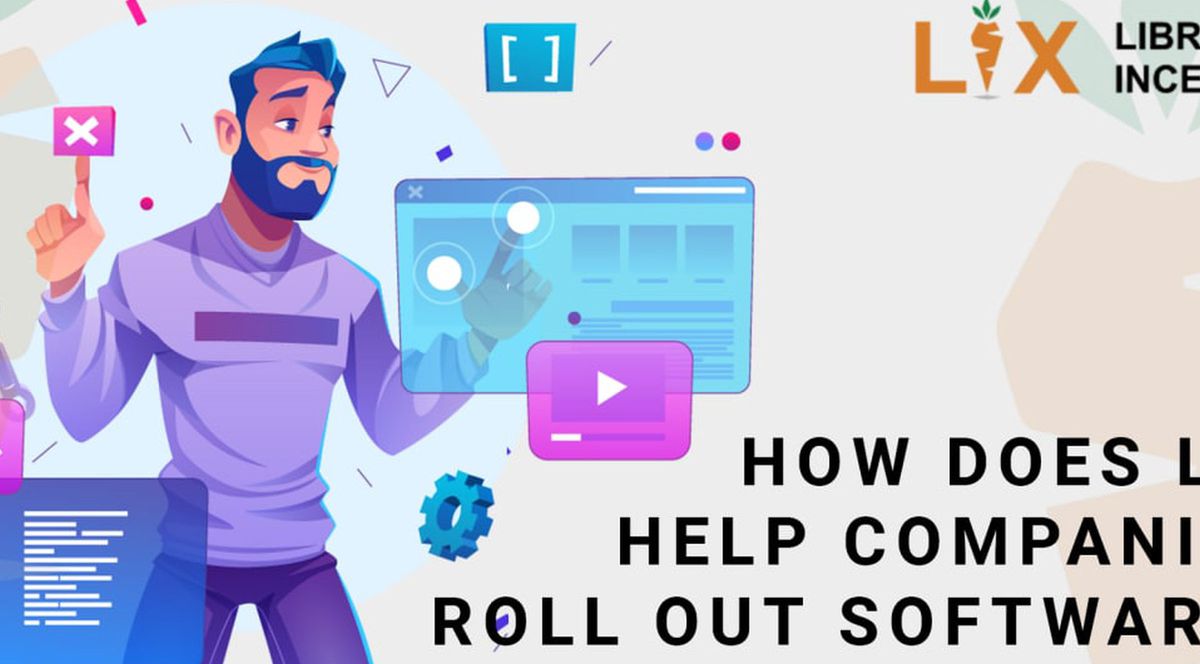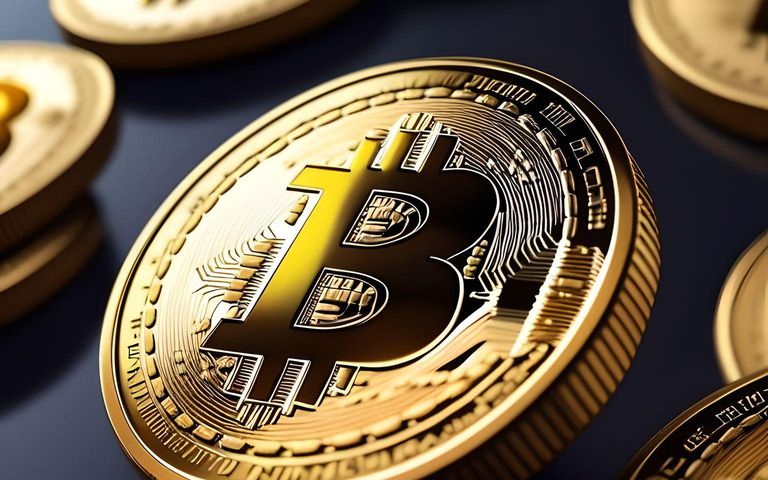How to launch your token in 2022-2023

Do you have a blockchain project in the MVP stage? Or have you raised pre-seed investment for your project? Or yet better, have you successfully gathered a supporting community and a test-bed around your project?
You might be in any of these stages and want to step into tokenization but might not be sure how to take that leap and you truly need to know how this can be useful for you and for the investors.
If yes is the answer, you have landed at the right place!
A Dive into the History
Before we move toward the nitty-gritty of the token offerings, let’s have a look into its history. Blockchain projects started using token offerings as a way of raising money through cryptos instead of the usual fundraising methods and platforms. These token offerings started trending back in 2013 after the first-ever official token offering by MasterCoin followed by Ethereum’s token offering in 2014. So basically, MR. J.R. Willett had a project in mind which was a supplementary protocol to Bitcoin. He attracted investors by telling them that the coins they will hold will allow them to use special services on the blockchain giving birth to the first Utility Token as well.
ICO’s gained much fame in 2017 as more people started taking interest in blockchain and cryptos overall. These ICO’s started proving themselves to be a legitimate way of raising money although due to lack of law enforcement and regulations in 2017 almost 10% of ICOs were fraudulent and were revolving around ponzi schemes. Even after all of this, token offerings are still going strong.
Annually, all these ICOs raise more than $58,000,000 approximately and are introducing some very great projects to the market. Priority Token is one such great project initiated back in 2017. It started a platform to raise awareness regarding all the opportunities a blockchain-based project has within this ecosystem and how blockchain can power all great ideas. The biggest and the most successful ICO of all time has been Ethereum and it raised almost 18 million USD within just 42 days of its token offering launch. Each ETH was sold for $0.31 at the time of the ICO. Now that's astonishing to know how well a strong project can raise for its investors as its current value is approximately $3,933.55 (as of 16th Oct 2021). Now looking at the average amount that ICOs earn is somewhere around $11,500,000 while keeping in view the last few months’ data.
Now here in this article, we’ll guide you on how to choose the best token offering for your project by:
- Highlighting some very important crypto and token offering stats along with some basics
- Giving an overview of all the different types of token offerings currently available in the market
- Discussing in detail what case each token offering type fits in
- Providing a competitive overview of the strong vs. the weak token offerings
- Lastly, concluding with what you need to launch your very own token offering in 2021-2022.
So, let’s begin with the very basics of what a token offering is and what is it used for.
Token Offerings- What, How and Why?
The What: So basically, a token offering is a way to raise money for a blockchain or a DeFi project. Startups and new ventures offer digitized tokens to the public in an open offer. Anyone can buy these digital tokens in return for a set price. These tokens are rolled out in a set amount for a defined period of time at a minimal price. These tokens work just like owning shares of any conventional company. These digital tokens use blockchain to store and validate token-related transactions. These offerings may or may not be regulated which depends completely on the firm that is rolling out the token offering.
The How: Token offering works in a way very similar to the conventional business shares. A project decides they want to raise money and so they consider giving out a certain number of tokens from their ecosystem in exchange for money. An official token offer is formulated and published on the online token offering platforms and exchanges. Now, investors are always in search of good projects to put their money in. These investors go to the token offering platforms, evaluate projects offering different tokens and invest in the ones they find the most reliable. Once an investor buys the tokens, the company gets the money and in return, they share their profits with the token holders by raising the token value. This is how blockchain projects raise money through token offerings.
The Why: Now that we know what a token offering is and how to do it, we need to know why blockchain companies do it in the first place? Well, let’s see why. Token offerings are made in order to raise money as funds for creating new coins, developing new apps or launching new services for all types of blockchain projects. These tokens may have utilities for the investors on the relative blockchain offered by the company. Projects who end up with a successful token offering use the raised money to develop new services or improve the already existing infrastructure. Eventually, these companies earn profits and pay back remarkable returns to their investors. These token offerings usually come with a high risk to a higher return ratio which makes them attractive for investors.
Types of Token Offerings
We do know what token offerings are, but do we know where it all started from?
Mr. Willett pitched the idea of a token sale for raising money from the public without involving any direct intermediary on October 16, 2013, with the launch of Mastercoin which is now known as Omni coin (read the whole story here).
Now let’s have a look at some major types of crypto token offerings that we can come across:
ICO:
Initial Coin Offering which we most commonly known as an ICO is the father of them all. This has revolutionized the idea of public funding and crowd sales that we basically had.
These crowdfunding opportunities are never regulated which allows them to raise millions of dollars in investment. Anyone with a sellable coin and a strong vision backed by a whitepaper can raise money. By the end of 2019, ICOs raised approximately 14.8 billion USD for the crypto industry. Only ICOBench has around 5728 ICOs listed on the platform with the highest number of ICOs originating from the US (717).
ICOs are the backbone of many blockchain projects as they raise funds by offering their native crypto tokens to the investors in return for their money. Each ICO is made for and by a specific blockchain project irrespective of any other project. Deciding how to set up a crypto ICO or where to launch it might be a tricky situation where one might need some expertise from professional blockchain firms. Well, what makes ICOs special is that anyone can easily become an ICO investor, while the counterparty remains the project team itself. Contributions in ICOs are made through smart contracts and there is no such administration. ICOs do not even need any KYC or AML to proceed with. On the other hand, ICOs might have low liquidity, transparency and security.
Reverse ICO:
Next up, we have Reverse ICOs. These are exactly like ICOs just that they are held by already existing companies and ventures.
Reverse ICOs already have existing users and a strong customer base to raise money from. This might give them an edge to earn faster and more than usual ICOs which have no background to build any trust. So basically, this is how the established businesses step into tokenization. To quote the most famous Reverse ICO we have Facebook’s Libra.
Reverse ICOs are commonly done by companies who wish to decentralize their organizational hierarchy, implement blockchain on an existing project or offer a wholly new project based on blockchain. Usually, these companies have already gone through the conventional IPOs and hence, Reverse ICOs prove to be more easily valued for these firms. While the company is already registered and regulated, these reverse ICOs can easily gain more investor trust and earn greater investments altogether. Reverse ICOs are easier to be managed and set up by such firms as this process of fundraising is not bound to any such regulatory compliance. At the end of the day, Reverse ICOs are an easier way for companies to earn a good amount of funds faster.
IEO:
Initial Exchange Offering which we simply call the IEO is a variant of ICO just that it is directly listed on crypto exchanges.
To gain investor trust and to offer more liquidity, projects list their coin offerings on various exchanges. ICOBench has 289 IEOs listed worldwide and has raised around $1675.32 million USD. The first-ever IEO happened in April 2019 for Adab Solutions.
In the case of an IEO, projects raise money through publishing their coins and their offers on a crypto exchange. Now, it is the duty of the crypto exchange to oversee and organize the entire token sale. This is the way projects attain credibility and more investor trust than a basic ICO can. This also gives projects valued exposure among investors. Once the IEO ends, the exchange lists that project’s token on its platform. Here, instead of having to reach the investors directly, the crypto exchanges publicize them and raise the needed capital. In an IEO, the investors are the exchange users. IEOs are keenly administered by the exchange administration and it requires investors’ KYC/AML for participation. Eventually, an IEO ensures higher liquidity, security and transparency.
STO:
Security Token Offerings (STO) are basically tokenized IPOs where digitalized security tokens are sold on crypto or security token exchanges.
As the name suggests, STOs are more security-oriented and hence not everyone can buy or sell these tokens without meeting a certain level of verification. These are basically regulated security tokens being sold on blockchain as they are backed by assets. So far, we know 60 STOs listed on ICOBench valued at $299.22 million altogether.
This is one major fintech trend that is picking up speed for the last few years. These are simple digital tokens with enhanced digitalization and regulation. This is a relatively easy and advanced way of raising capital while ensuring security. STOs allow direct investments in blockchain projects. They actually represent shares in a company or a project and display the ownership information on the blockchain. There are usually three types of security tokens including Equity tokens, Debt tokens and Asset-backed tokens. Each fits on a different type of project based on its scope. What makes it unique is the fact that only accredited investors can buy these tokens through smart contracts while these projects are evaluated by the SEC. So these tokens provide more liquidity with high transparency.
IDO:
Initial Dex Offering or IDO is somewhat similar to IEO just that these tokens are offered on decentralized exchanges.
If exchanges can be decentralized, then why not token offerings. So, basically, the first-ever IEO was organized by Raven Protocol and was listed on 17th June 2019. This event took place on Binance Dex.
As liquidity of any token plays a very vital role in ensuring a token offering’s success, IDOs are majorly aiming at this factor. It works somewhat like the basic IEO but with advanced levels of decentralization. The core difference between an IEO and IDO is that simply any blockchain project can organize an IDO for fundraising by publishing their offering on a decentralized exchange. IDOs ensure higher levels of liquidity and process decentralization. It makes sure that as soon as a project is launched, the tokens start trading in order to generate value for the investors. It costs very low fees and it also uses smart contracts to manage the assets token and liquidity pool. Ultimately, it provides a safer and fairer way of fundraising.
IWO:
This Initial Wallet Offering (IWO) basically tries to make the investment process smarter and faster by allowing users to simply connect their wallets to the blockchain and start investing.
This IWO technique is eliminating the need for projects to be listed on various different platforms for raising capital. This is a relatively very new concept and was first quoted by the Loopring Foundation in May 2021.
What you’d need to do in order to become an investor for an IWO is that you simply evaluate the project along with its strengths and weaknesses. Now that you know what that project is about, you just simply need to go to that blockchain and connect your wallet. Now that your wallet is connected, you can easily send your choice of cryptos to the blockchain’s wallet and in return get that blockchain’s native tokens. This is how smartly an Initial Wallet Offering can work. In contrast to the other token offerings, IWO is faster, more reliable and undeniably secure as it occurs on that native blockchain itself.
So these above-mentioned categories are all the known types of crypto token offerings that currently exist in the market with real-time use cases.
Strong Vs. Weak- Overview of Token Offerings
Once we know what variety of token offerings exist in the ecosystem, let’s have a look at the best and the worst performers with their key aspects (best performer from Cryptorank.io and the worst performer based on all-time history ICO fails from CoinInsider).
All the Brain
Name: Solana
Amount: 1,760,000 USD
End: March 2020
Industry: Blockchain Infrastructure
Country: California, US
Down the Drain
Name: The DAO
Amount: 150 million USD
End: June 2016 (Hacked)
Industry: FinTech
Country: Switzerland
Launching Your Own Token Offering in 2022-2023
Now that’s a great deal of information on all the basics you’d need to know about token offerings and their essence in the blockchain ecosystem.
Once you have a grip on how this all works, here’s a guide for you on how to launch your own token offering:
- Firstly, you need to create your own token backed by a solid idea and a detailed white paper explaining the purpose of the project. There are a great variety of easy no-code platforms like https://cointool.app/createToken/eth to build your own token in just a few steps.
- After you are done with the token setup, you now need to think about what kind of a token offering fits best for your purpose. You should be very keen about evaluating the pros and cons of each token offering type before choosing the best fit. In such cases, a little help and guidance can do great.
- So now that you have your token and you know what type of token offering you want to put up for your project, you need to know where to launch your ICO. This “where” refers not only to the website where you’ll launch your token offering, but also enforces the importance of legal incorporation for your ICO. The choice of jurisdiction will always play a very important role for marketers and investors. This is the most important and critical phase for setting up your token offering because this step will define what your future might look like. Publishing your ICO on platforms with a low trust rating can put you in a difficult position to raise the right amount for your project. You can simply reach out to firms like www.ptoken.io for some great consultation and project setup advice.
- You’re almost done when you have your token, know what kind of token offering you want and where you want to launch your token. The only thing you now need is an enthusiastic team that believes in your idea and has the same direction. Once you have assembled the right team, you can now go ahead, evaluate your project one last time, say all your prayers and finally launch your token offering.
Finally, you have tokenized your project successfully! Your token offering is now up and running.
You need to be very keen about keeping an eye on your community and managing them effectively to ensure higher investments. Not just this, you should also be very proactive about your public relations, updating your community regarding your project’s progress in the form of informative Press Releases and ensuring a positive cloud of opinions around the project. The right amount of effort will surely give your project an edge on gaining investors’ trust and raising genuine finances. It's now time for you to choose the right token generation event for your project.
Good Luck!
Get
in touch
with us
Contact us to get your first consultation
Your message has been sent, we will try to answer as soon as possible
Something went wrong. Please try again later.




